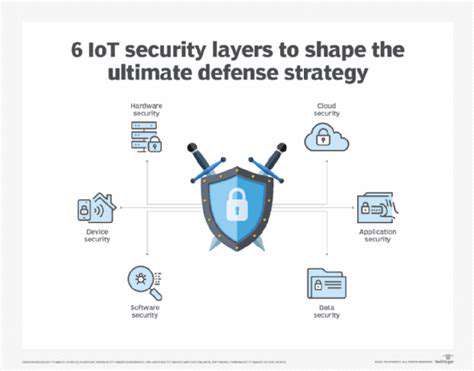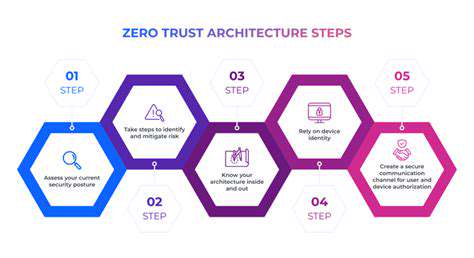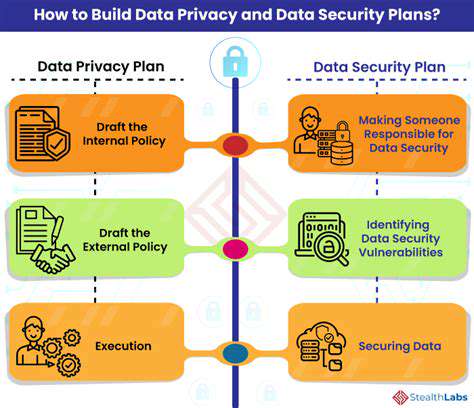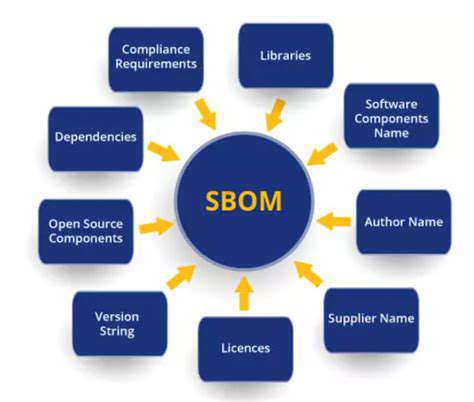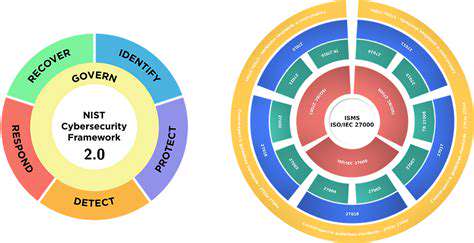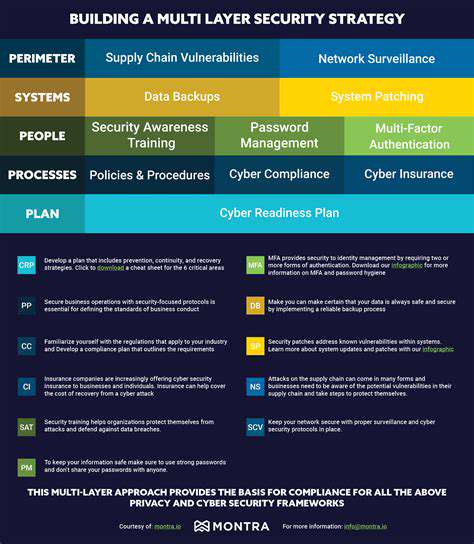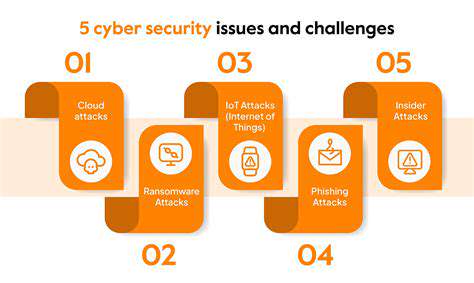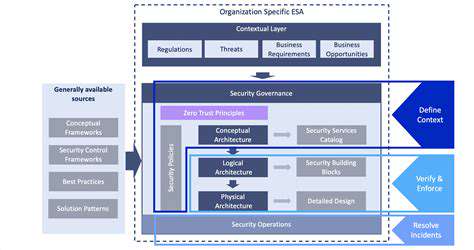The Hype vs. the Reality of AI in Cybersecurity
The Promise of AI in Cybersecurity
While artificial intelligence shows great potential in cybersecurity, its real-world applications often fall short of expectations. Modern security systems leverage machine learning algorithms to process security event data, spotting patterns that might indicate malicious activity. However, the gap between theoretical potential and practical implementation remains significant, with many organizations struggling to achieve the promised automated threat detection and response capabilities.
The Limitations of Data Availability and Quality
Effective AI performance depends entirely on the quality and quantity of training data available. Security teams often face challenges with incomplete datasets or data contaminated with false indicators, which can skew detection results. Without clean, comprehensive datasets, even the most advanced algorithms will produce unreliable outputs, potentially missing real threats while generating numerous false alarms that waste security teams' time.
The Challenge of Evolving Threats
Cyber attackers continuously refine their techniques, staying one step ahead of defensive systems. This constant evolution means security AI models require frequent updates to remain effective. The resource-intensive nature of maintaining these systems creates practical challenges for many organizations, particularly smaller ones with limited IT budgets.
The Need for Human Oversight and Expertise
Despite advances in automation, cybersecurity professionals remain essential. AI can flag potential issues, but human analysts provide the critical thinking and contextual understanding needed to validate findings and determine appropriate responses. Experienced security teams can spot nuances and patterns that algorithms might miss, particularly in complex attack scenarios.
The Black Box Problem and Explainability
Many advanced AI systems operate as opaque decision-making engines, providing little insight into how they reach their conclusions. This lack of transparency creates significant challenges for security teams who need to understand and justify their actions, particularly when responding to high-stakes security incidents or explaining decisions to stakeholders.
The Cost and Complexity of Implementation
Deploying AI security solutions requires substantial investment in both technology and expertise. The integration process often proves more complex than anticipated, requiring significant adjustments to existing security infrastructure and workflows. These implementation challenges, combined with ongoing maintenance costs, make such systems impractical for many organizations.
The Need for Contextual Understanding

Understanding the Importance of Context
In fields ranging from security analysis to everyday communication, context provides the framework for accurate interpretation. Without proper context, even accurate data can lead to incorrect conclusions, as seen when security alerts are evaluated in isolation rather than as part of broader patterns. Effective analysts develop the ability to interpret information within its full operational and environmental context.
Contextual Clues in Communication
Effective security communication relies heavily on understanding context. The same technical alert might signal routine activity or a critical breach depending on timing, system state, and other environmental factors. Experienced analysts develop an intuitive sense for these contextual cues, while newer team members often require explicit training to recognize them.
Contextual Awareness in Problem Solving
Security incident resolution demands careful consideration of contextual factors. An alert that appears identical in two different systems might require completely different responses based on the systems' roles, configurations, and user communities. Effective troubleshooting requires understanding these contextual differences rather than applying generic solutions.
Contextual Learning and Memory
Security professionals develop expertise through experience with specific systems and threat environments. This contextual knowledge allows faster, more accurate threat recognition compared to generic training. Organizations can enhance this effect by providing training scenarios that closely match analysts' actual working environments.
Contextual Bias and Its Impact
Human analysts must guard against letting past experiences overly influence current assessments. While experience provides valuable context, over-reliance on familiar patterns can cause analysts to miss novel threats that don't match expected behaviors. Effective security programs implement processes to counterbalance these natural cognitive biases.
The Human Element in Incident Response
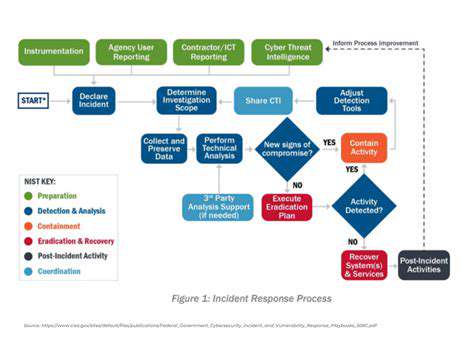
Understanding the Role of Human Factors
Even in highly automated environments, human decision-making remains critical during security incidents. Stress, fatigue, and cognitive overload can significantly impact response effectiveness, particularly during prolonged security events. Well-designed response protocols account for these human factors, building in safeguards against common error patterns.
Identifying and Mitigating Error-Prone Behaviors
Security teams can reduce mistakes by studying common error patterns in incident response. Rushed analysis, confirmation bias, and communication breakdowns consistently appear as contributing factors in post-incident reviews. Targeted training and well-designed workflows can help mitigate these issues before they affect response outcomes.
The Importance of Effective Communication
During security incidents, precise communication proves as important as technical skills. Miscommunication can compound incidents, as seen when unclear status reports lead to conflicting response actions. Effective teams develop standardized communication protocols and practice them regularly through realistic drills.
The Impact of Organizational Culture
A security-aware culture improves incident response effectiveness at all levels. Organizations that encourage questioning and information sharing typically identify and contain threats faster than those with rigid hierarchies or blame-oriented cultures. Leadership plays a key role in establishing these cultural norms.
The Value of Post-Incident Analysis
Thorough incident reviews should examine both technical and human factors. The most valuable lessons often come from analyzing decision points where different choices might have changed outcomes. These reviews should focus on improving processes rather than assigning blame to maximize their value.
AI as a Powerful Tool, Not a Replacement

AI's Role in Enhancing Human Capabilities
In cybersecurity, AI works best as a force multiplier rather than a replacement. By handling routine monitoring and initial alert triage, AI systems free human analysts to focus on complex investigation and strategic response planning. This division of labor plays to the strengths of both human and artificial intelligence.
AI's Impact on Efficiency and Productivity
When properly implemented, AI tools can dramatically accelerate security operations. Automated correlation of security events across systems allows human teams to spot emerging threats faster than manual methods permit. However, these efficiency gains depend heavily on proper system tuning and ongoing human oversight.
The Importance of Ethical Considerations in AI Development
Security AI systems must be developed with careful attention to ethical implications. Algorithmic bias in threat detection could lead to unfair targeting, while over-reliance on automated systems might create single points of failure. Responsible development requires ongoing evaluation of both intended and unintended consequences.
The Need for Continuous Learning and Adaptation
The rapid evolution of both AI capabilities and cyber threats creates an ongoing training challenge. Security professionals must continually update their skills to effectively oversee increasingly sophisticated AI tools, while organizations must invest in keeping their AI systems current with the latest threat intelligence.
